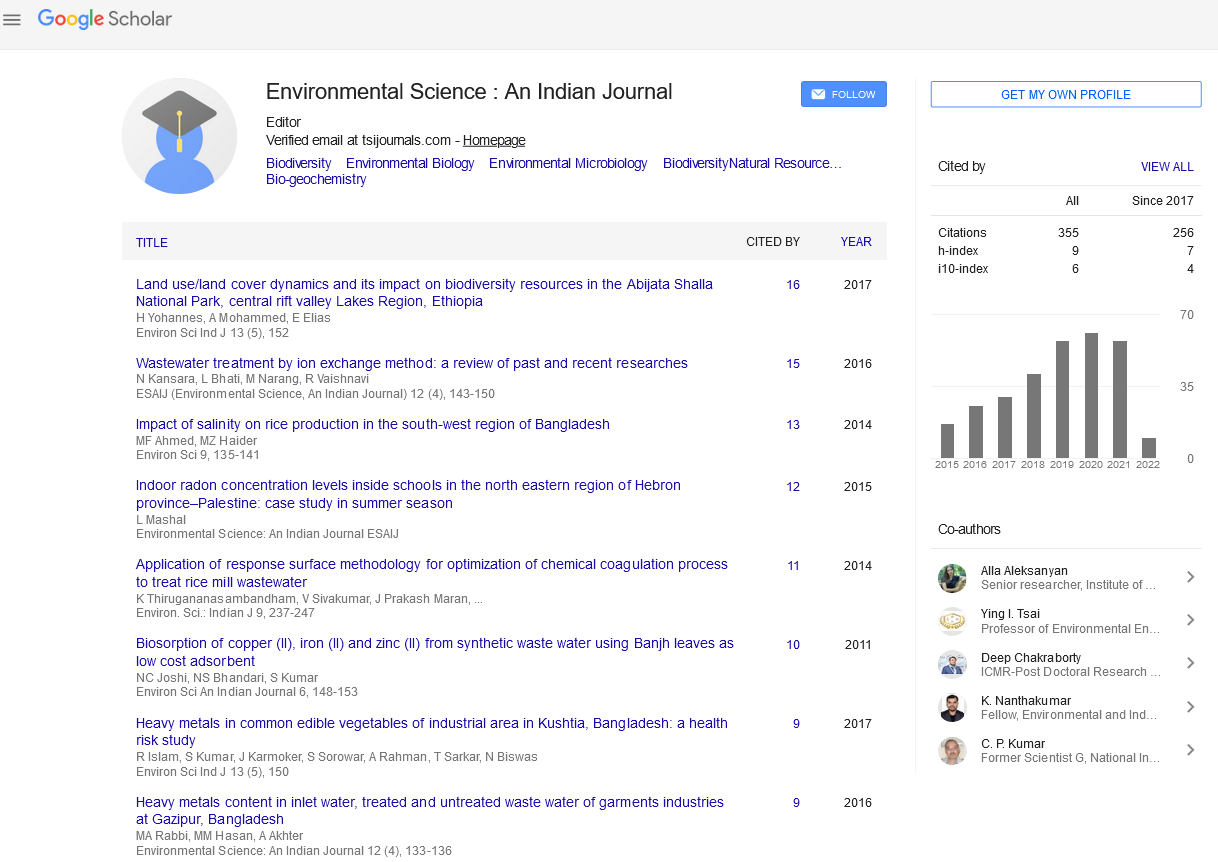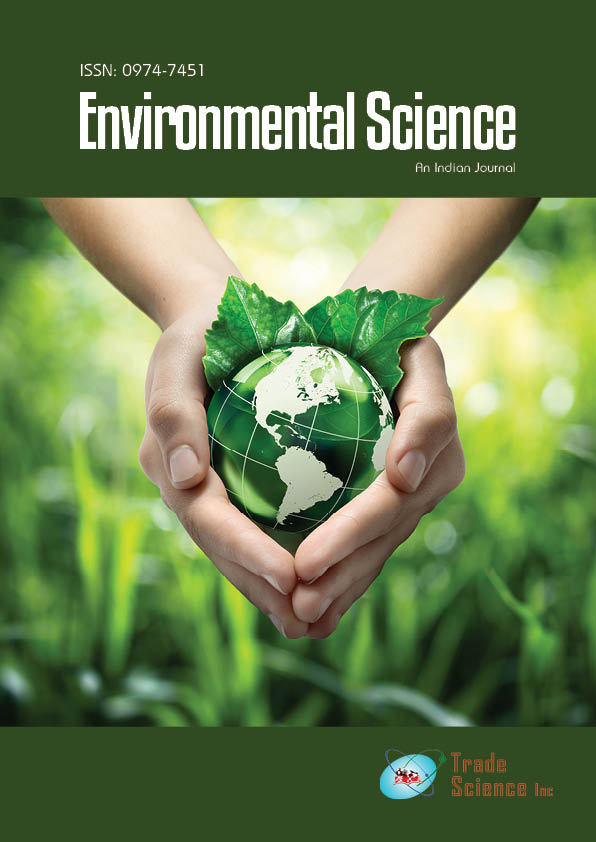Abstract
Microfiber Pollution: An Emerging Environmental Concern from Textile Sector
Author(s): Iftakharul Muhib*, Humaun Kabir, S.M. Farhana IqbalOne of the most current dangers to sustainability is Microfiber (MF) contamination. The amount of micro plastic fiber released into the environment has rapidly expanded as a result of the increased use of synthetic textiles. In order to discover viable preventive methods to control MF contamination, this study will assess the body of available literature. The evaluation combines the information under the categori es of textile characteristics and laundry products. The review's findings demonstrate that less MF shedding occurs when finer count yarns with filaments and compact structures are used. Similar to this, mechanical finishing techniques like lifting and shea ring accelerate the release of MFs while harming the fabric's structure. The percentage of MFs reduced is seen to have increased significantly after the chemical (coating) finishing procedure. According to reports, external laundry filters are more effecti ve than in drum devices on the market for commercial items. Few nations have created their own legislation, according to an examination of the regulatory requirements in place, and there were no international standards or procedures for testing MF pollutio n. Laundry filters, while they successfully filter MF, do not stop it from happening, hence they can only be used as a control measure rather than a fix. The review's findings showed that the only method for preventing MF shedding from synthetic textiles i s to manage the textile parameter. A textile that sheds less or no MF will result from using the right production techniques and parameters. There aren't any in depth studies that link these factors together or suggest a suitable area for further study, though.

